Corporate News
Company News
- Unlimited creativity, perforated aluminum veneer: the new favorite of fashionable architecture
- Hyperbolic aluminum veneer: the new favorite of creative space and the innovator of architectural aesthetics!
- Fluorocarbon aluminum veneer: the fashionable "coat" of modern architecture
- Punched aluminum veneer: the new darling of the construction industry, a perfect combination of fashion and practicality
- Aluminum veneer customization, creating a new trend of personalized space
Industry dynamics
- Punched aluminum veneer: the fashionable choice for modern architecture?
- Punched aluminum veneer: the fashionable choice for modern architecture?
- Explore the unique charm of hyperbolic aluminum veneer
- Punched aluminum veneer: a fashionable choice for modern architecture
- Hyperbolic aluminum veneer: the fashionable choice for modern architecture?
Frequently asked questions
- Can the insulation function of aluminum veneer reduce the energy consumption of buildings?
- How does aluminum veneer provide the weather resistance required for modern buildings?
- Is the production process of aluminum veneer environmentally friendly?
- What is the antioxidant performance of aluminum veneer?
- What is the seismic performance of aluminum veneer in building exterior design?
contact us
Mobile:+86 15627778610
Email: 2201229786@qq.com
Address: No. 5 Binjiang Road, High tech Zone, Zhaoqing City, Guangdong Province
Fluorocarbon aluminum veneer: the "chameleon" of the aluminum industry
- Author: Jinba Aluminum Industry (Guangdong) Co., Ltd
- Release time: February 20, 2025 19:40:19
- Click:0
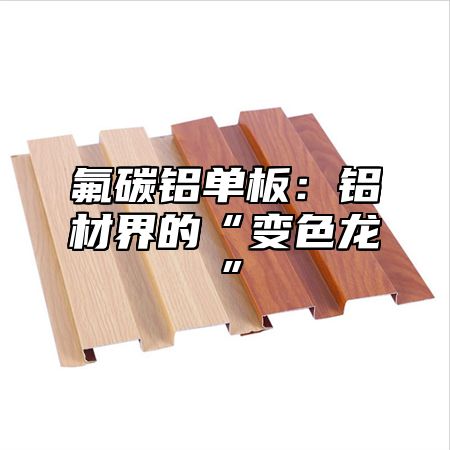
Ladies and gentlemen, today let's talk about a "chameleon" in the aluminum industry - fluorocarbonAluminum veneerSpeaking of this, a scene immediately came to my mind: on a sunny afternoon, I walked on the street and looked up. The curtain walls of high-rise buildings, with their bright and colorful surfaces, were shining with fluorocarbon aluminum panels?
Let's talk about the origin of the name fluorocarbon aluminum veneer. Fluorocarbon, as the name suggests, is a carbon compound containing fluorine elements. And aluminum veneer is a sheet made by processing aluminum plates. By combining the two, fluorocarbon aluminum veneer with excellent performance was born.
What are the advantages of fluorocarbon aluminum veneer? Let me explain it to you in detail.
1. Weather resistance: Fluorocarbon aluminum veneer has excellent weather resistance, which can maintain stable appearance and performance in both hot and cold weather. It's like a person who can stand firm no matter how many storms they go through.
2. Corrosion resistance: Fluorocarbon aluminum veneer has strong resistance to corrosive substances such as acid, alkali, and salt, allowing your house to bid farewell to the "traces of time".
3. Aesthetics: Fluorocarbon aluminum veneer comes in a variety of colors and is highly customizable. Different colors and patterns can be chosen according to personal preferences. It's like a magical color palette, adding a touch of brightness to our lives.
4. Lightweight and High Strength: Fluorocarbon aluminum veneer has low density, high strength, easy installation, and can also reduce the weight of buildings and improve seismic performance.
5. Green and environmentally friendly: Fluorocarbon aluminum veneer adopts environmentally friendly processes in the production process, does not contain heavy metals, and is harmless to human health and the environment.
Everything has two sides, and fluorocarbon aluminum veneer is no exception. Below, I will talk to you about its shortcomings.
1. High cost: Due to the need for multiple processes in the production process of fluorocarbon aluminum veneer, the cost is relatively high.
2. Difficulty in installation: During the installation process of fluorocarbon aluminum veneer, certain technical requirements are required, otherwise safety hazards may occur.
3. Vulnerable to temperature differences: In areas with large temperature differences, fluorocarbon aluminum veneer may experience deformation.
At this point, some people may ask, "Since fluorocarbon aluminum veneer has so many advantages, why aren't all buildings using it?" I have also thought about this question. In my opinion, the main reasons are as follows:
1. Price factor: Although fluorocarbon aluminum veneer has many advantages, its price is relatively high and may not be suitable for some budget limited construction projects.
2. Limited application areas: Fluorocarbon aluminum veneer is mainly used in curtain walls, roofs, ceilings, and other fields of buildings, and may not be suitable for some other applications.
3. High technical requirements: The installation and maintenance of fluorocarbon aluminum veneer require certain technical requirements, which may pose certain difficulties for some construction personnel who do not have relevant professional knowledge.
What is the development prospect of fluorocarbon aluminum veneer in China? I believe that with the continuous advancement of technology and the improvement of environmental awareness, fluorocarbon aluminum veneer will be more widely used in the future.
The country's emphasis on green and energy-efficient buildings has created a vast market space for fluorocarbon aluminum veneer in the construction industry.
The production technology of fluorocarbon aluminum veneer is also constantly improving, and the cost is gradually decreasing, making more construction projects able to afford the price of fluorocarbon aluminum veneer.
With people's pursuit of quality of life, the requirements for the aesthetics and environmental friendliness of buildings are becoming increasingly high, and fluorocarbon aluminum veneer perfectly meets these needs.
Fluorocarbon aluminum veneer, as a building material with excellent performance, has a very broad development prospect in China. We should also recognize its shortcomings and strive to improve its technical level and application scope, so that this "chameleon" can shine even brighter in the aluminum industry.
What I want to say is that although fluorocarbon aluminum veneer is good, we cannot blindly pursue it. When choosing building materials, we need to consider factors such as actual needs, budget, and regional characteristics comprehensively in order to find the most suitable building materials for ourselves. After all, what suits oneself is the best!

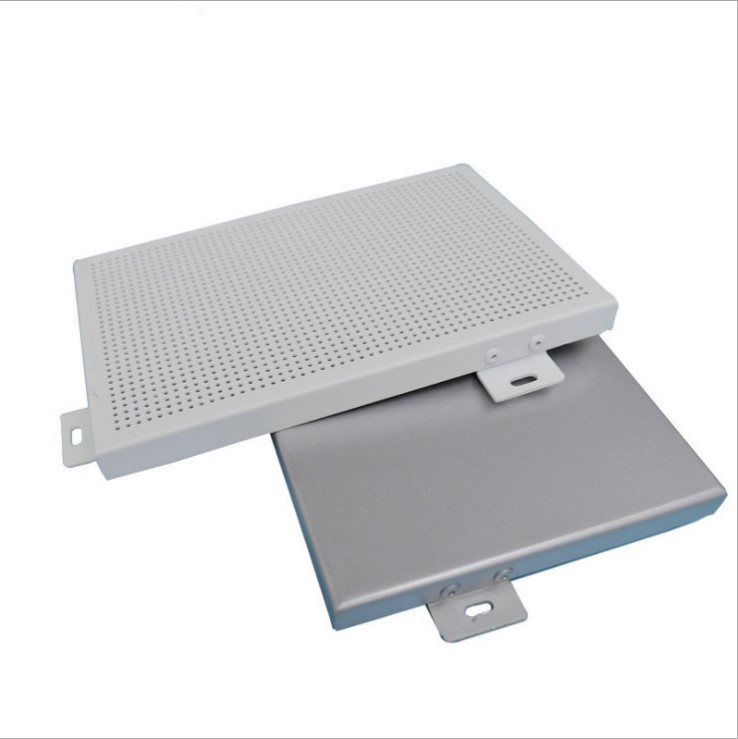
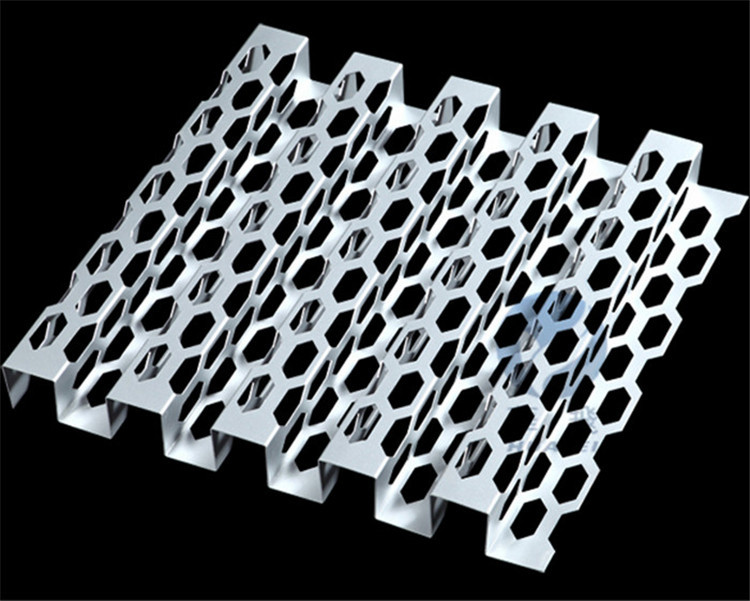
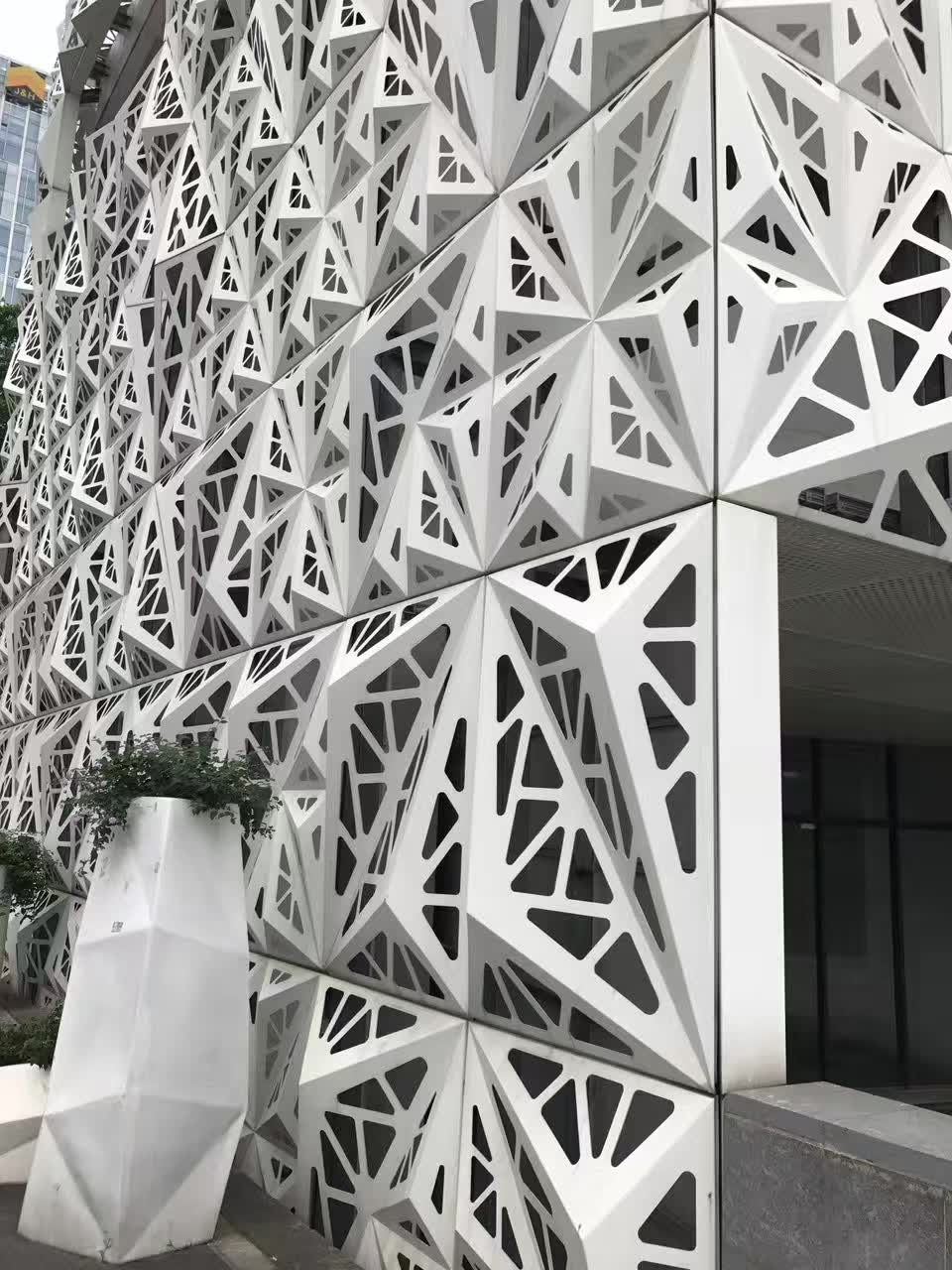
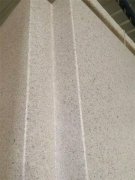
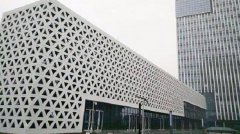
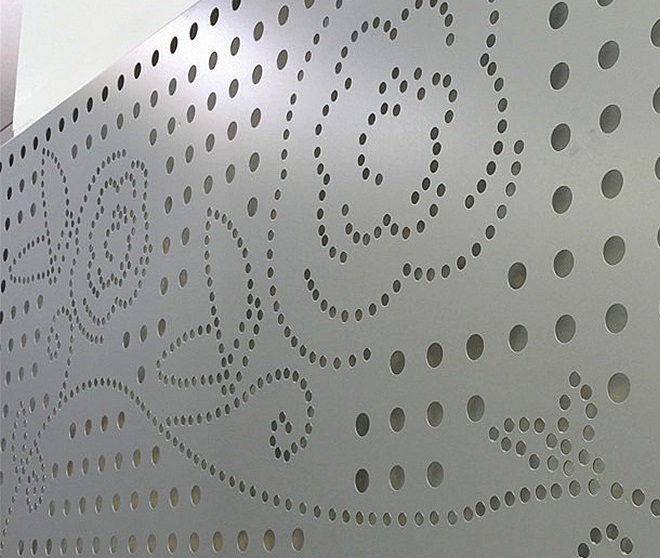
 Customer service QQ
Customer service QQ